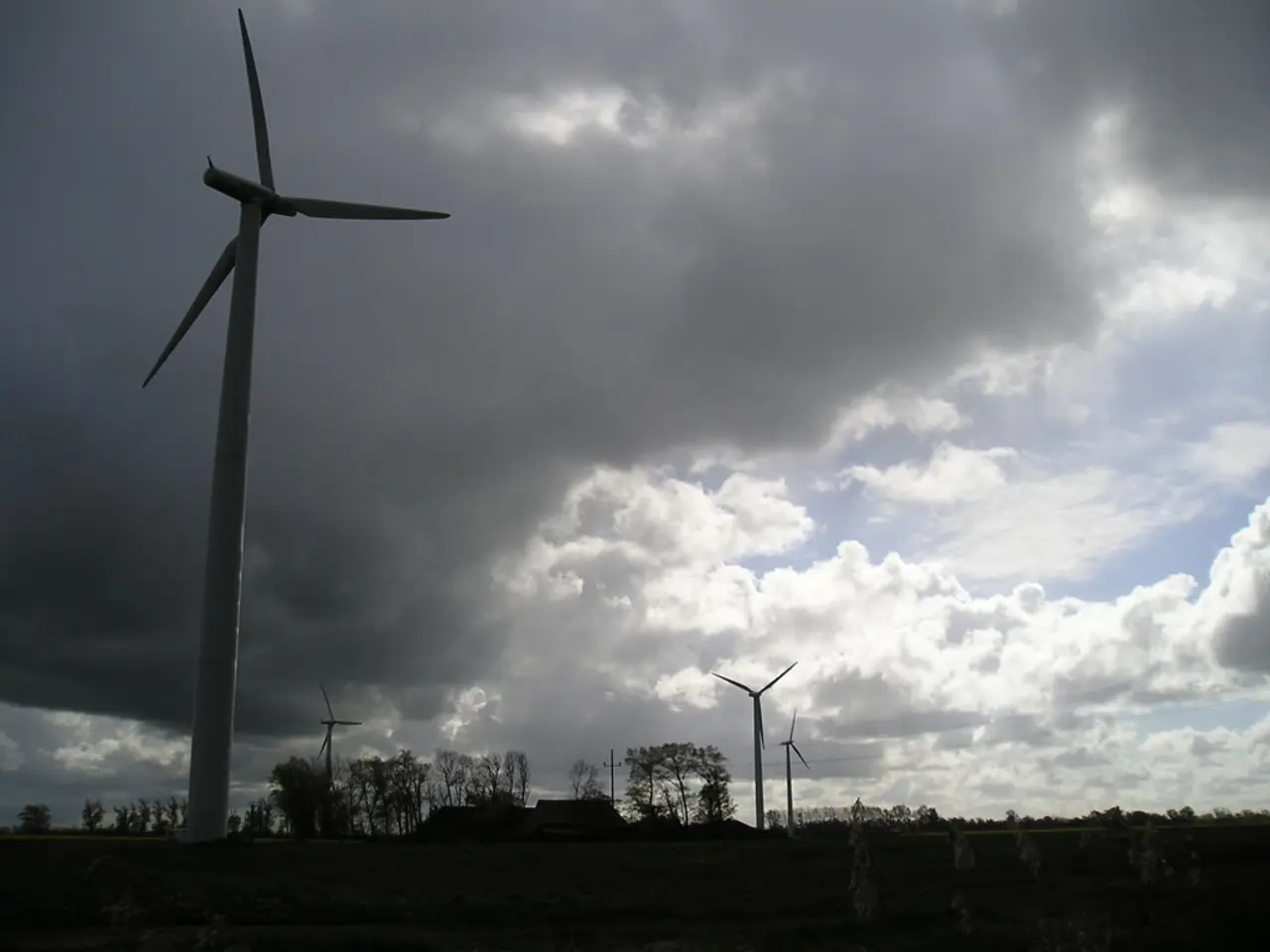intense heat advisory issued for northern Sweden, anticipating temperatures akin to those in southern Europe
### Heatwave Alert in Sweden: Understanding the Rising Temperatures and Climate Change
Sweden is currently experiencing a heatwave, with temperatures forecasted to be higher than normal, as announced by the national weather agency, SMHI. The advisory is aimed at helping residents cope with the high temperatures and is not related to any changes in the number of unusually hot months or summers in Sweden[1][2].
The rising temperature over time is attributed to climate change by Sverker Hellström, a climatologist at SMHI. The consistent increase in temperatures and the frequency of heat waves in Sweden indicate that the country is experiencing effects of climate change. While a single heat wave does not definitively prove climate change, a prolonged period of warmer-than-average summers suggests a shift in climate patterns[1][3].
SMHI has issued a yellow warning of high temperatures for non-coastal areas in Västerbotten, Jämtland, and Västernorrland from Tuesday to Thursday. The advisory urges residents in affected regions to be aware of signs of overheating or dehydration. To cope with the heat, SMHI suggests creating a cool environment, drinking more water to stay hydrated, and taking it easy. They also emphasize the importance of looking out for people around you during the heatwave[4].
Despite the high temperatures, the forecasted readings will not break the record of 34.9C in Piteå or 36.9C in Harads set in 1945[5]. However, the general warming trend is indicative of climate change impacts, as all summers in Sweden since the millennium shift have been warmer than normal, with exceptions in 2000 and 2012[1].
Climate change is expected to increase variability in rainfall and temperature, potentially exacerbating issues like water scarcity and altering ecosystems[4]. Another indicator of climate change is the frequency of heat waves, with Sweden experiencing more frequent occurrences of hot or very hot weather since 1997[1].
In summary, the increasing temperatures in Sweden are part of a broader trend of global warming, with climate change being the main factor contributing to this rise. The current heatwave is a reminder of the impacts of climate change, and it is crucial for residents to take necessary precautions to stay safe during such events.
The current heatwave in Sweden is linked to climate change, as stated by Sverker Hellström, an environmental scientist at SMHI, who also noted an increase in the frequency of heatwaves in the country. Consequently, understanding the weather becomes essential in the context of climate change, as it provides insights into the environmental consequences of rising temperatures.








